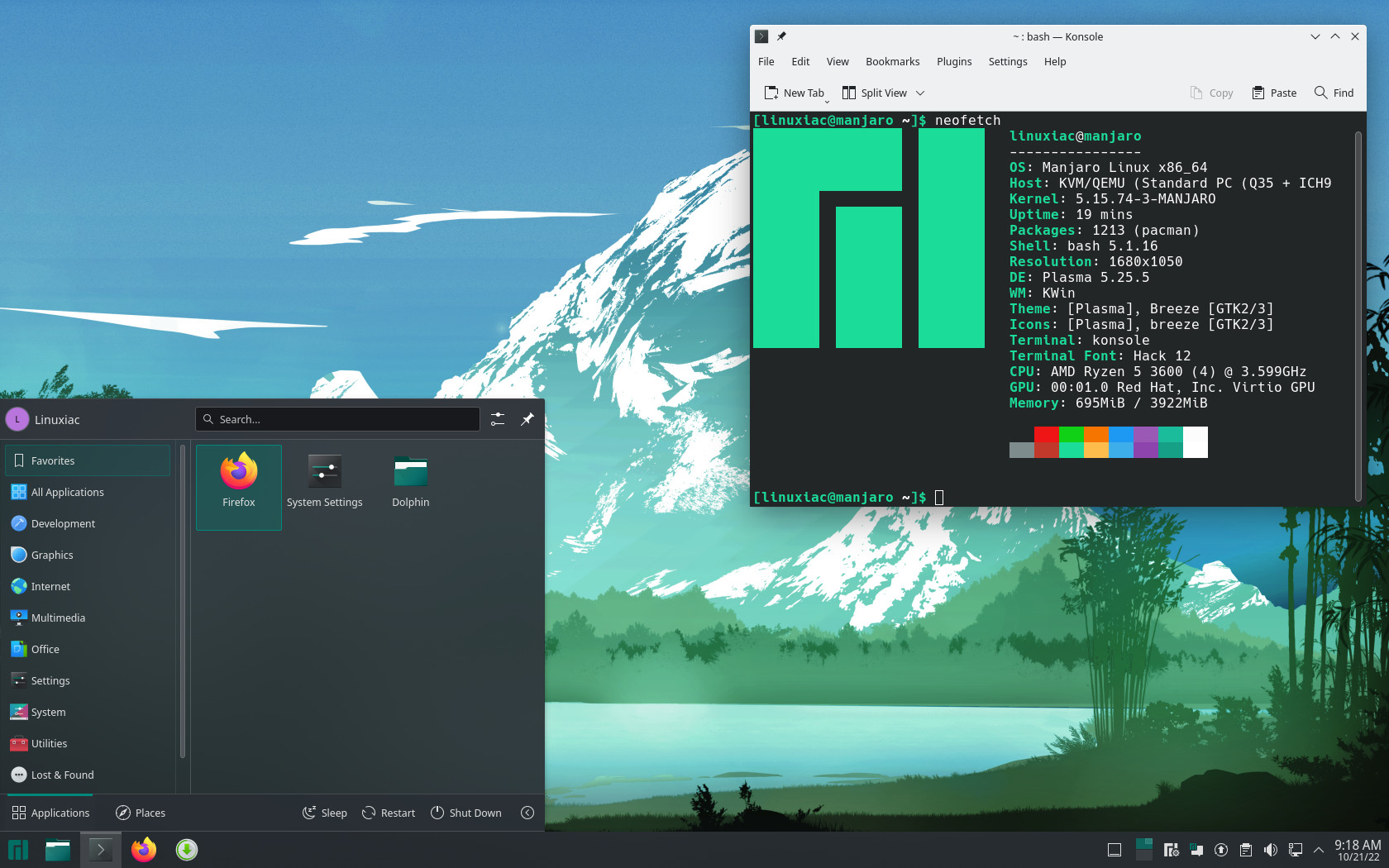User Experience: Manjaro vs. openSUSE

Both Manjaro and openSUSE are two popular, user-friendly Linux distributions that provide an excellent user experience. Here’s a detailed comparison of their user experience:

1. Installation:

- Manjaro uses the Calamares installer, which is known for its simplicity and ease of use. It provides a graphical interface that guides users through the installation process step by step.
- openSUSE offers two installers: the graphical YaST installer and the text-based Kiwi installer. YaST is a powerful tool that offers advanced customization options but can be overwhelming for beginners. Kiwi is more straightforward but provides fewer customization options.
2. Desktop Environment:
- Manjaro offers a variety of desktop environments, including KDE Plasma, GNOME, and Xfce. This gives users the flexibility to choose an environment that suits their needs and preferences.
- openSUSE primarily focuses on the GNOME desktop environment, which is known for its modern and intuitive design. However, openSUSE also offers alternative desktop environments such as KDE Plasma, LXQt, and Xfce.
3. Software Management:
- Manjaro uses the Pacman package manager, which simplifies software installation and updates. Users can easily browse, search, and install software from the official repositories.
- openSUSE employs the Zypper package manager, which offers a comprehensive set of features for managing software. Zypper supports multiple repositories and allows users to perform advanced operations like dependency resolution and package verification.
4. Stability and Reliability:
- Manjaro is a rolling release distribution, which means it receives continuous updates. This can lead to occasional software conflicts or stability issues.
- openSUSE is a semi-rolling release distribution, which means it provides major updates twice a year and minor updates on a regular basis. This approach ensures a stable and reliable operating system.
5. Community Support:
- Both Manjaro and openSUSE have active and helpful user communities. Manjaro’s community is particularly strong on its online forums and social media channels.
- openSUSE provides extensive documentation and a dedicated support team that assists users with technical issues and community engagement.
Conclusion:
Overall, Manjaro offers a more user-friendly and customizable user experience, especially for beginners and those who prefer a variety of desktop environments. openSUSE provides a stable and reliable operating system with advanced software management capabilities, making it suitable for users who value stability and flexibility. Ultimately, the choice between Manjaro and openSUSE depends on individual preferences, technical requirements, and the specific needs of each user.

I’ve been using Manjaro for over a year now and I’ve never had any problems. It’s fast, reliable, and easy to use. I would definitely recommend it to anyone looking for a great Linux distro.
I tried OpenSUSE once and I didn’t like it. It was too slow and bloated. I much prefer Manjaro.
Both Manjaro and OpenSUSE are great distros, but they have different strengths and weaknesses. Manjaro is a rolling release distro, which means that it’s always up-to-date with the latest software. OpenSUSE, on the other hand, is a stable release distro, which means that it’s more stable and reliable. Ultimately, the best distro for you depends on your individual needs.
I think Manjaro is better than OpenSUSE because it’s more up-to-date. OpenSUSE is too stable and doesn’t get new features as often.
I love Manjaro because it’s so stable. I’ve never had any problems with it.
OpenSUSE is the best distro ever. It’s so stable that it never crashes. Even when I try to break it.
I love Manjaro because it makes my computer run like a cheetah. It’s so fast that I can even outrun the police.
Both Manjaro and OpenSUSE are great distros, but they use different package managers. Manjaro uses pacman, while OpenSUSE uses zypper. Pacman is a bit more user-friendly, but zypper is more powerful.
I’m worried about security. Which distro is more secure, Manjaro or OpenSUSE?
I’m concerned about privacy. Which distro respects user privacy more, Manjaro or OpenSUSE?